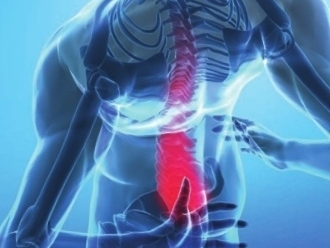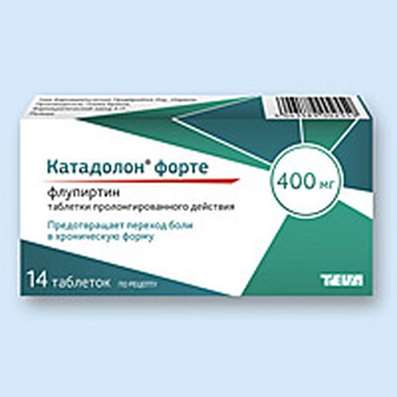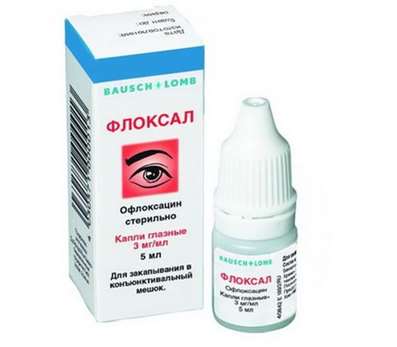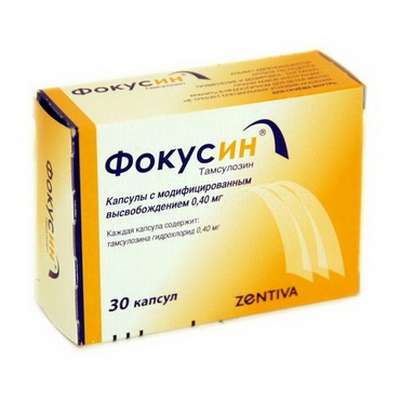Osteoarthritis and drug help
20 Mar 2019
Osteoarthritis is one of the most common diseases of the musculoskeletal system. According to rheumatologists in the US and Europe, it accounts for up to 70% of all musculoskeletal pathologies. This inflammatory chronic degenerative disease of all components of the joint (cartilage, subchondral bone of the synovium, ligaments, capsule, periarticular muscles), characterized by progressive premature wear of the intraarticular cartilage.
Along with diabetes and ischemic heart disease, osteoarthritis refers to a group of diseases that significantly reduce the quality of life of the population.

Most often osteoarthritis affects the knee (about 50% of cases), shoulder (30%) and hip (30%) joints, joints of the fingers and toes (25%).
Risk factors for osteoarthritis:
- hereditary predisposition;
- various injuries;
- disorders of blood circulation and nutrition of cartilage of joints, endocrine imbalance;
- violation of cartilage metabolism;
- age (for women - 55 years and more, for men - 40-45 years and more);
- the presence of excess body weight (the risk is increased by 2 times);
- developmental disorders or acquired diseases of the musculoskeletal system (the risk is increased by 7-8 times);
- professional features and physical loads associated with work (for loaders, athletes, foundry workers, coal mines, bus drivers).
Classification of osteoarthritis
It is accepted to distinguish between primary and secondary osteoarthritis.
Primary osteoarthrosis is a manifestation of natural biological aging, arises as a result of a disturbance in the metabolism of cartilage and develops, as a rule, in the peripheral joints, especially in the distal and proximal interphalangeal joints of the wrists, the 1st carpal metastases, I metatarsophalangeal, hip and knee joints, intervertebral discs and joints of the spine, especially the cervical and lumbar spine.
Secondary osteoarthritis is the result of diseases or injuries of the joints (injuries, heavy physical exertion with joint overloads with repetitive movements, endocrine system diseases, etc.).
Symptoms of osteoarthritis
The main clinical manifestations of osteoarthritis are pain, deformity and stiffness of the joints.
In the beginning, there are minor pains in the affected joint with physical activity, some limitation of mobility after a period of rest, a feeling of "crunching" when probing the joint. As the disease progresses, pain intensifies, stiffness and stiffness increase, up to the "blockade" of the joint, characteristic "starting" pain develops, "crunches" turn into a pronounced intra-articular crunch. Osteoarthritis is characterized by a cyclic manifestation of symptoms. As a rule, in the mornings a person experiences "starting" pains, against a background of motor activity gradually passing. In the evening, after a day's physical exertion, the pain is usually reinforced again, pausing during the night rest.
Treatment of osteoarthritis
Medical therapy of osteoarthrosis involves the use of pathogenetic and symptomatic approaches, i.e. use of drugs providing relief of pain and inflammatory symptoms, preventing articular cartilage degeneration, improving the nutrition of joint tissues, restoring the mobility of the affected joint.
The drugs of choice are nonsteroidal NSAIDs that suppress the inflammatory process and have an analgesic effect. The main mechanism of action of NSAIDs is inhibition of the activity of the enzyme cyclooxygenase (COX) regulating the biotransformation of arachidonic acid in prostaglandins, prostacyclin and thromboxane. Currently, preference is given to the preferential (meloxicam, etodolac, nabumethon, nimesulide) and specific (rofecoxib, celecoxib) COX-2 inhibitors, although acetylsalicylic acid, and non-selective COX inhibitors, which include most NSAIDs (indometacin , ketoprofen, piroxicam, ibuprofen, etc.). However, the use of NSAIDs is associated with a rather high risk of developing serious adverse reactions associated with the toxic effects of this group of drugs on the gastrointestinal mucosa and cardiovascular system.
As an alternative to NSAIDs, it is possible to consider preparations of plant origin. So, for example, the preparations of the swampy bog fertilizer have anti-inflammatory, analgesic and regenerative effect, have the ability to remove salts from the deposits and exhibit antibacterial activity. They contribute to the restoration of the basic functions of the joints, support the structure of the cartilaginous tissue, ensure its strength and elasticity, restore the composition of the synovial fluid.
The boswelia extract blocks the synthesis of leukotrienes, acts similarly to NSAIDs, has pronounced anti-inflammatory properties, facilitates access to blood to the joints, cartilage and tendon lesions, relieves edema and pain. Studies have shown that Boswellia extract is comparable in effectiveness and less toxic than popular NSAIDs such as acetylsalicylic acid, indomethacin or ketoprofen.
Complex therapy of osteoarthritis also includes chondroprotectors - drugs that ensure the normal functioning of articular cartilage, preventing the development of osteoarthritis, and simultaneously act as an anesthetic and anti-inflammatory agent.
On the domestic pharma market as part of drugs and dietary supplements chondroprotectors are represented by several substances - glucosamine and chondroitin.
Glucosamine - a natural substance, produced in the human body. It is mainly found in the cartilaginous surface of the joints and plays a huge role in maintaining their function. It inhibits the action of proteolytic enzymes that destroy cartilage, has analgesic and anti-inflammatory effect, reduces joint pain at rest and walking, improves nutrition of cartilaginous tissue. Normalizes the production of intra-articular fluid, reduces joint soreness, improves their mobility. The glucosamine molecule is digested in the digestive tract, after which glucosamine is delivered to cartilage and other tissues, where it is converted into the necessary cartilage substances, including chondroitin. The inability of the body to produce glucosamine is the main factor in the development of osteoarthritis.
Chondroitin in the body is found only in cartilaginous tissue. It keeps water in the cartilage, which contributes to the elasticity of the cartilage and increases its damping properties, increases the strength of the connective tissue, supports the normal function of the joints. In addition, chondroitin inhibits enzymes that destroy cartilage, has anti-inflammatory and analgesic, reparative and wound-healing, anti-atherosclerotic action, restores the structure of connective tissue, helps reduce the need for NSAIDs. It initiates the fixation of sulfur during the synthesis of chondroitinsulfuric acid, which promotes the absorption of calcium by the bones, reduces the loss of calcium and speeds up the repair of bone tissue, inhibits the progression of osteoarthrosis.
The combined use of glucosamine and chondroitin is justified in view of their enhanced interaction; combined use of them provides faster saturation of connective tissue elements with chondroprotectors, which accelerates the therapeutic effect. For the bioavailability of glucosaminoglycans, it is important in which salt form they are presented. For joints organically tropic is the sulfate form, it provides the bioavailability of chondroprotectors.
Of drugs, glucosamine sulfate, for example, is included in the drug Don, chondroitin sulfate is contained in the preparations ARTHRA chondroitin, arthrin, mucosate, Structum, chondroitin-ACOS, etc., complex preparations containing both glucosamine sulfate and chondroitin sulfate, - ARTRA, KONDRONOVA and other
The most famous dietary supplements containing chondroprotectors are Inoltra, Arthrophyt, ARTRIVIT Life formula, etc.

 Cart
Cart





